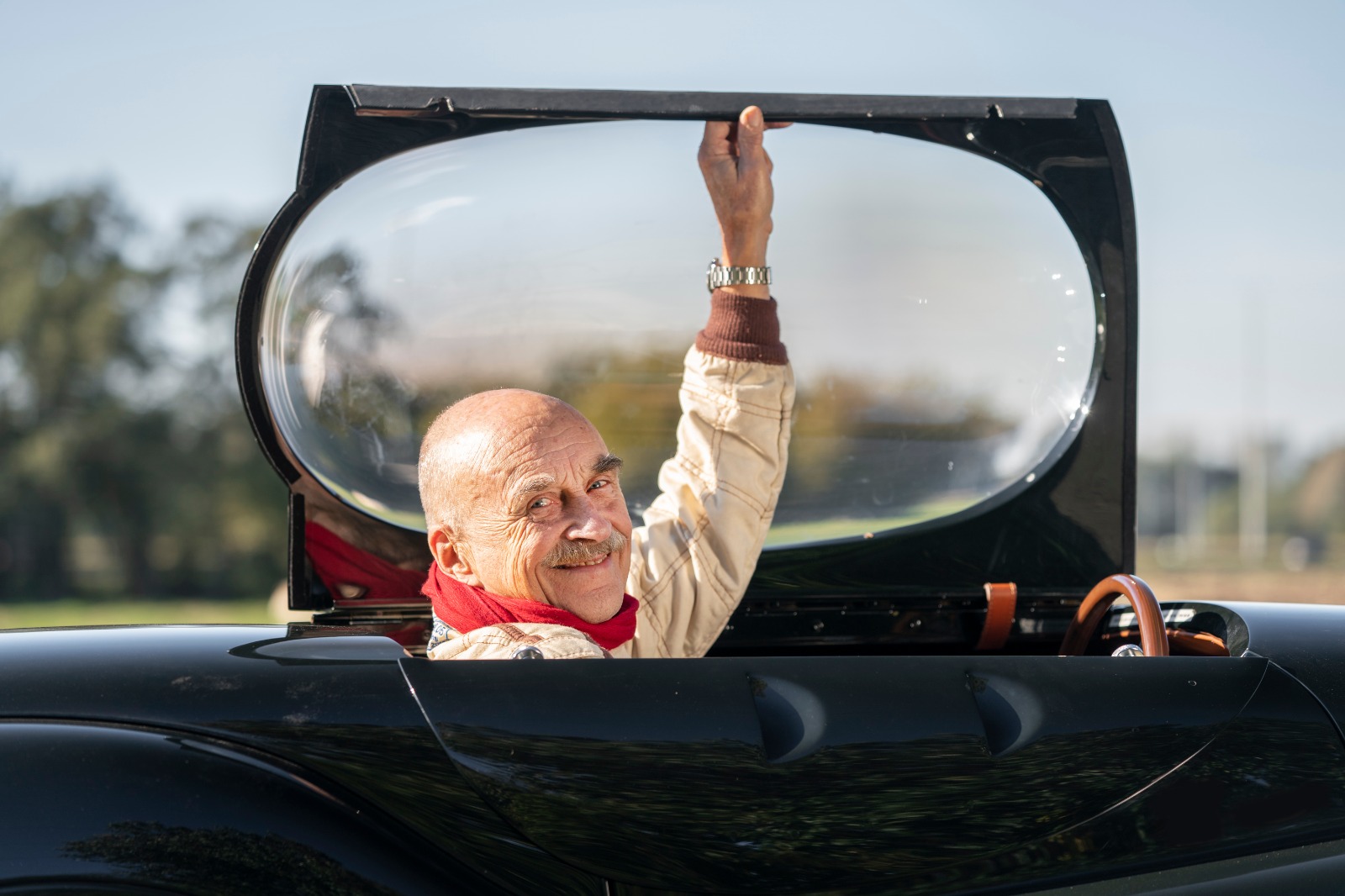"Feeling the wind in your face."
16 September 2023 5 min read 4 images

Classic car collector Kurt Engelhorn and his advisor Florian Seidl on the passion of collecting, market developments, the future of St. Moritz Automobilwoche and future business opportunities in Roarington. An exclusive interview in three parts.
Register to unlock this article
Signing up is free and gives you access to hundreds of articles and additional benefits. See what’s included in your free membership. See what's included in your free membership.
Already have an account? Log In


